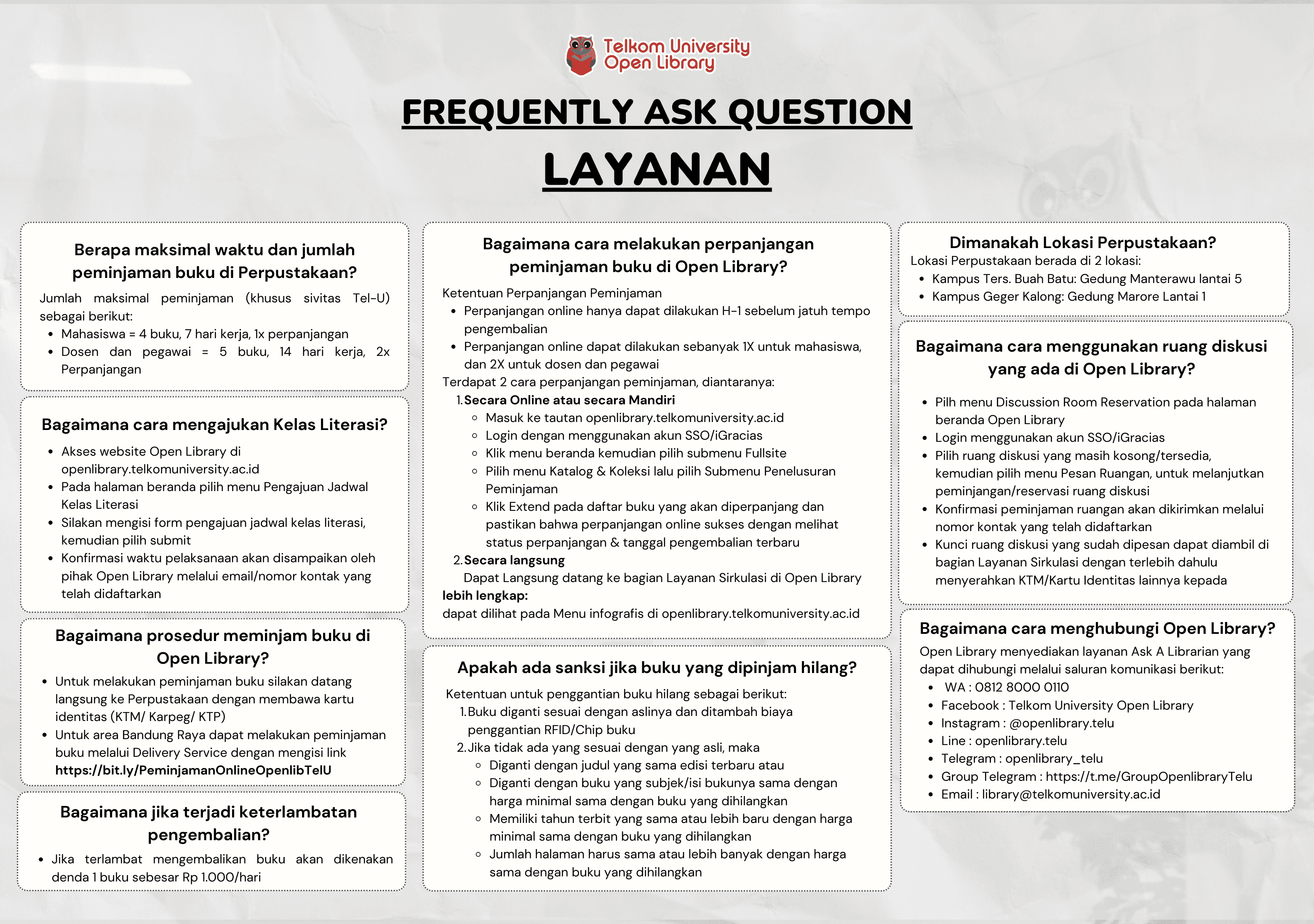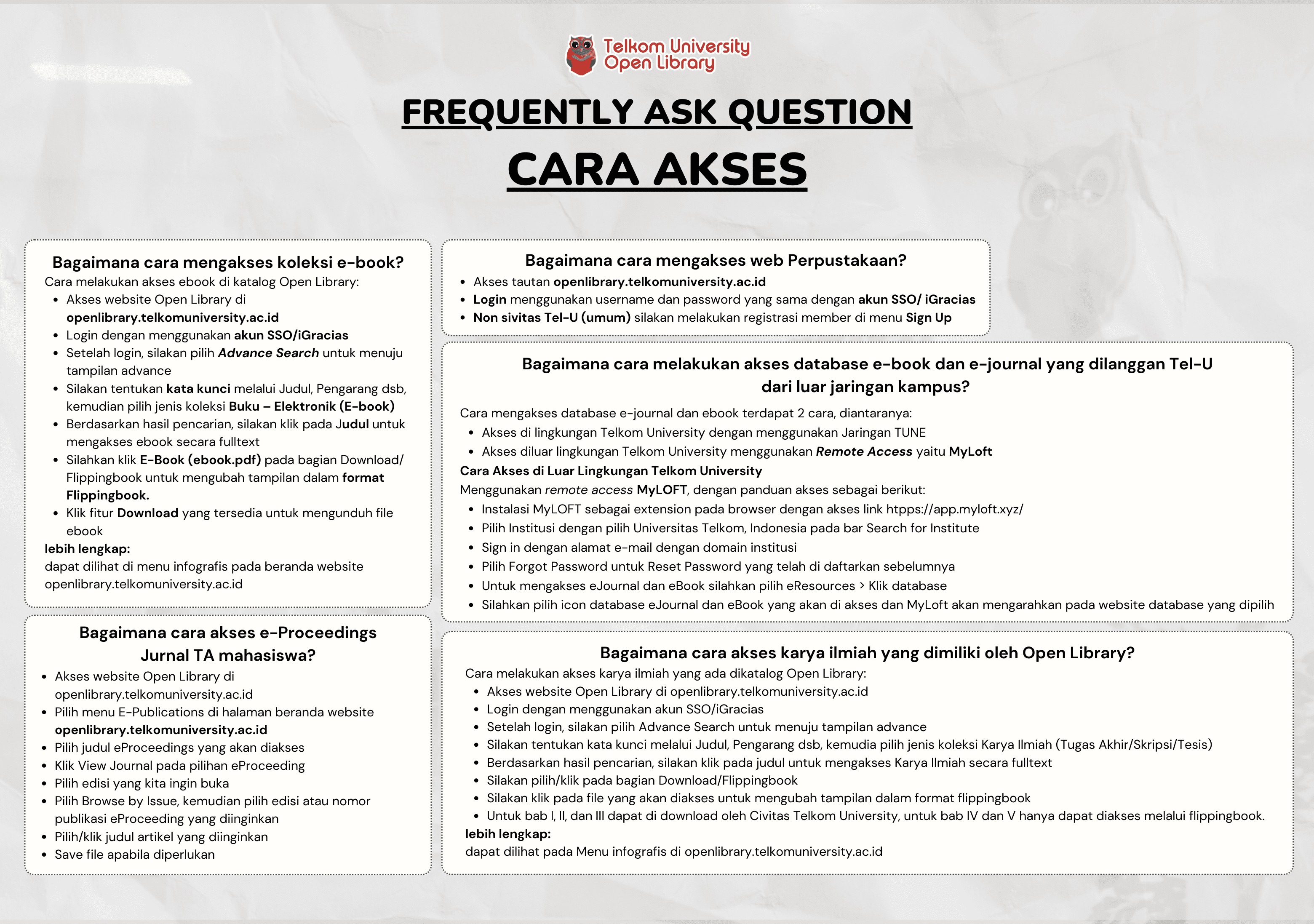Dative Case Verbs in Japanese : Proceeding International Conference on Transformation in Communication: Proceeding (ICOTIC) November 2016
Made Ratna Dian Aryani, Cece Sobarna, Puspa Mirani Kadir, Wagiati

Informasi Umum
Kode
17.24.019
Klasifikasi
401.43 - Language- Semantics
Jenis
E-Article
Subjek
Language, Semantics,
No. Rak
Dilihat
476 kali
Informasi Lainnya
Abstraksi
This study aimed to describe dative case verbs in Japanese syntactically and semantically. Specifically, it aimed to explore the verbs that take an indirect object (IO) in the construction of Japanese sentences. The theories used in this research were the theory of Givon (2001), the theory of Tsujimura (1996), and Nitta (1991). The data used in this research were the data obtained from Japanese corpus. The research method used was descriptive analysis. Starting from the ungrammatical use of double object constructions of Japanese sentence which shows that in every Japanese sentence construction, sometimes arguments by a case marker 'o' (accusative) is not attached to an argument and even when the case marker appears, it is no more than one. So, if an the marker 'ga' or 'o', is not attached to an argument, the marker 'ni' (dative) will appear. This reseach indicated that dative case verbs are verbs whose presence would potentially take an indirect object (IO). In accordance with the claim of Tsujimura (1996) and Nitta (1991) which states that the dative case [ni] is essentially a marker associated with the verb give, and combined with a noun, which implies to unravel a recipient (benefactive). The results of this reseach were (1) The verbs that require the presence of an indirect object (IO) in Japanese constructions is a transitive verb, with the marker ni, and (2) those verbs are ageru 'give', oshieru 'teach', kureru 'give' and kau 'buy'. Semantically these verbs are keizoku doushi ‘continuative verbs’.
Koleksi & Sirkulasi
Tersedia 1 dari total 1 Koleksi
Anda harus log in untuk mengakses flippingbook
Pengarang
| Nama | Made Ratna Dian Aryani, Cece Sobarna, Puspa Mirani Kadir, Wagiati |
| Jenis | Perorangan |
| Penyunting | |
| Penerjemah |
Penerbit
| Nama | Universitas Telkom |
| Kota | Bandung |
| Tahun | 2016 |
Sirkulasi
| Harga sewa | IDR 0,00 |
| Denda harian | IDR 0,00 |
| Jenis | Non-Sirkulasi |



















